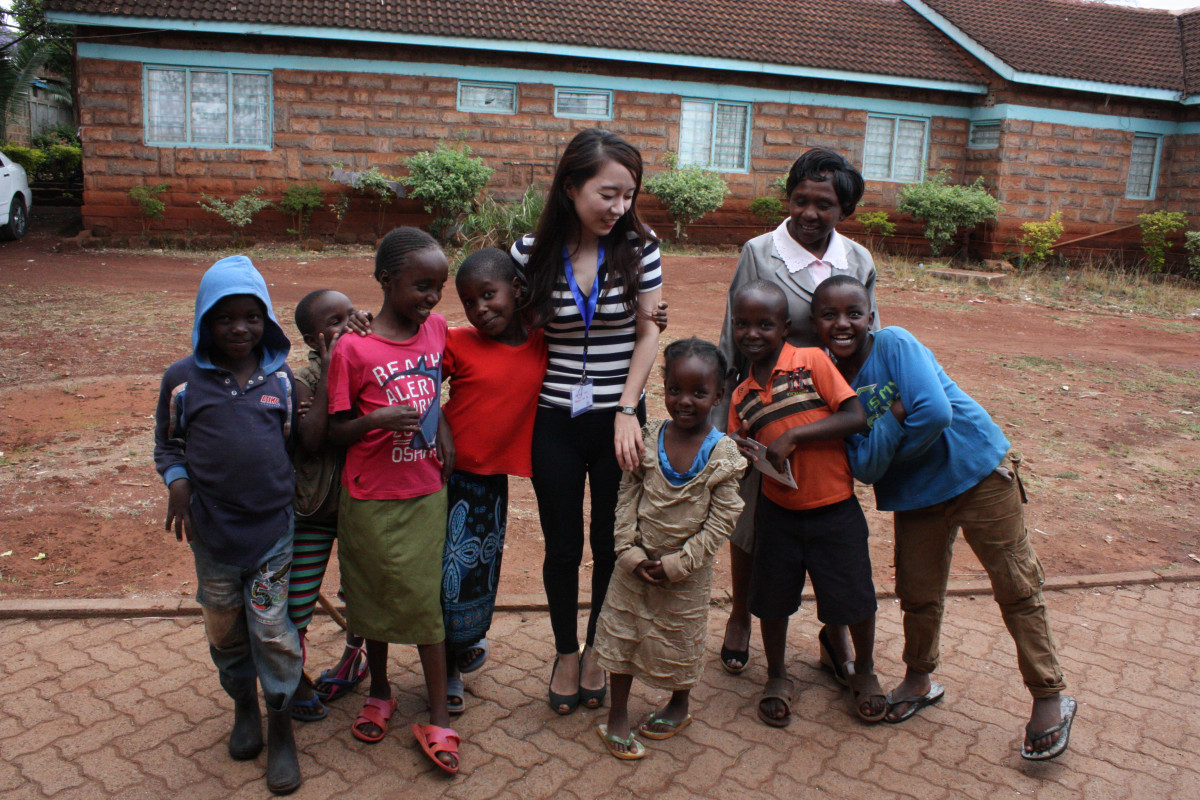If you knew that our Dot company was at an early stage of development, you would have most likely wondered why we chose Africa as our first country to test. Through this blog post I would like to expand, further explain, and answer the question “Why did you decide to observe Africa?”
Social Stigma & Bad Omen
Until the 1980’s, it was almost impossible to look up and search records of people who were disabled in Africa. Since ancient times physical health was most important for Africans because of frequent tribal wars and threats from wild animals. For ancient Africans, being disabled were thought to be a curse that existed as a punishment. They accepted any kind of disability as an “illness with purpose”. That is why when a child was born disabled, the people of the tribe considered it as a Bad Omen. Disabled children had to live either outside their village their entire lives or hide in secret inside their homes until death. Most of the children who were disabled were not educated and girls especially were almost never given the opportunity to learn.
According to a 2010 UN research, the ratio/percentage of a visually impaired person in Africa is around 1%. Around 1.4 million children are visually impaired around the world, around 419,000 kids are from Africa, and every year the numbers are increasing by 50,000. However, more than 90% of these children do not receive education. Although there are many different disorders that cause visual impairment such as cataract, glaucoma, lack of vitamin A, and congenital disease, there are barely any opportunities available for children born with visual impairment to pursue a better-quality life.

With a relatively high economic growth rate and educational infrastructure in Kenya, there are about a million visually impaired people. Amongst the million, 45,000 are children old enough to attend school. However, only 7,000 children attend school as students (there are 6 schools in Kenya that provide education for the visually impaired). The following is an estimated calculation of the cost just for textbooks in Kenya.
Primary or Elementary School have on average 6 main subjects. At least 2 books are required per subject and is more than twice as thick once translated into braille. An average cost for one braille book is around 30 USD or 35,000 WON in Korea. If a visually impaired student were to purchase a year-worth of textbooks it would be,
- 2(books) x 6 (subjects/courses) x 2(braille books) = 24(books) * 30 = 720 USD
- Therefore, the cost of books for 1 visually impaired student for 5 years of education costs around
- 3,600 USD (around 4,000,000 WON) / The average GDP of Kenya is 1,245 USD
We looked amongst developing countries affiliated with KOICA (Korea International Cooperation Agency) that uses English the most. (Amongst the countries from answer 1) looked for somewhere safe, a place with passion for learning, and a place with good infrastructure. We looked for somewhere that is BoP (Bottom of Pyramid) market.
The best formula to create a sustainable society is to give everyone the opportunity to learn and be educated. While it is easy to rely on emergency food ration that is provided to you, education gives you strength and knowledge that allows you to buy and provide food yourself. Our Dot company’s research team worked on many research including braille learning program development, computer braille textbooks available in an SD card, homeschool education method for those who are not able to attend school, and so forth. Through our constant efforts on research we kept looking for solutions. Later on, our direction and goal became much clearer.
Our Dot company’s greatest strength is our ability to provide mobile and efficient products to children at a low price. In order to prevent a child from being excluded from society due to a sudden visual impairment, our Dot Mini will be an opportunity for children who are visually impaired. From Kenya and beyond.“Why did you choose Kenya?”



 Prev
Prev
 Next
Next









